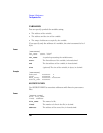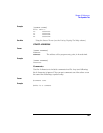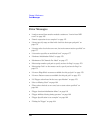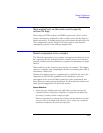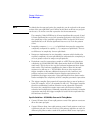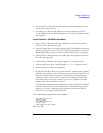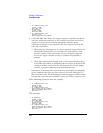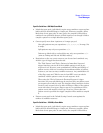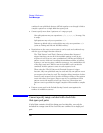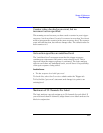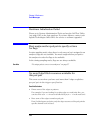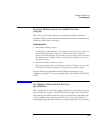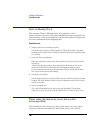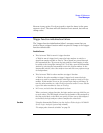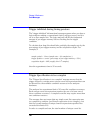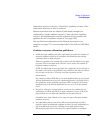
176
Chapter 3: Reference
Error Messages
combine 2 non-split labels that are ANDed together even though it fails to
compile a pattern on a single label that spans pods.
• Cannot specify more than 3 patterns or 1 range per pod.
Non-split patterns may use operations: =, !=, <, <=,>, >=, In range, Not
in range.
Split patterns may only use operations: =, !=.
Patterns on labels with re-ordered bits may only use operations: =, !=
(same as Timing and 200 and 400 Mb/s modes).
• Restrictions on the ways event resources can be used and combined vary
with the type of trigger function selected.
The "Find Pattern" and "Find 2 Patterns in Immediate Sequence"
trigger functions can use all of the available pattern events in any
sequence level. However, some combinations (ANDing and ORing) of
pattern events, while not exceeding the maximum number of pattern
resources, can use too many combiner resources. Any combination of 3
of the flag events and "Wait for arm in from IMB" event can also be
combined with the pattern events in each sequence level.
When using the "Find 2 Patterns in Eventual Sequence" trigger
function, only non-split labels may be used and only one pattern event
per sequence level may be used. The interface allows insertion of other
events in each sequence level to allow ANDing or ORing of the pattern
event with other event types (flags or arm in) or replacement of the
pattern event with another event type. However, if more than one
pattern event is specified the trigger compiler will be unable to compile
it.
• Pattern events used in the Default Storing Control count against the
number of available resources.
Cannot specify range on label with clock bits
that span pod pairs
A label that contains clock bits being used as data bits, can only be
included in a range term if the clock bits are confined to a single pod
pair.



